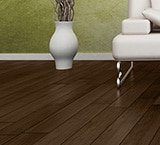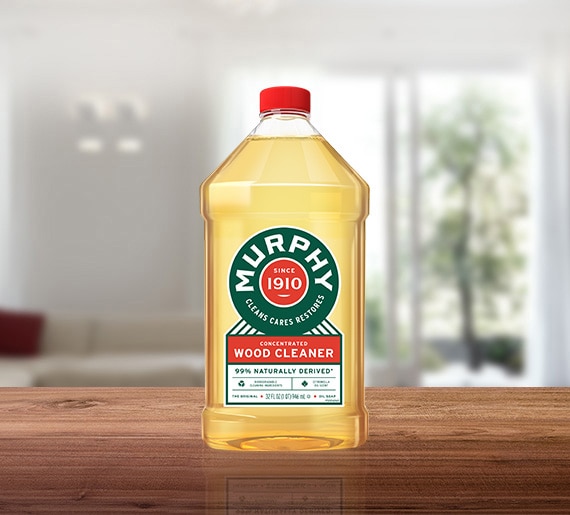WOOD FURNITURE, CLEANING FURNITURE
The When and How of Furniture Polish

Furniture polish can do more than just make wood shine. Used properly, it can also extend the life of your furniture and even turn dull-looking, old pieces into something you'll be proud to display.
WHY POLISH: BEYOND THE OBVIOUS
Polishing your furniture has two benefits: It helps preserve the beauty of your pieces, and it keeps your home clean of dust mites, allergens and similar irritants.
Although polishing your furniture won't protect it against all types of damage, according to Better Homes And Gardens (BHG), it will make the surface less frictional. This can produce a slipperiness that reduces surface scratches, repels dust and keeps even small liquid spills from seeping into the pores of the wood.
HOW OFTEN SHOULD YOU BE POLISHING?
Something you should know about polishing your furniture: How often you do it depends on many factors. One of those factors; a very important one; is how often the piece itself is used. Every time you clean, wipe or scrub a wood surface, some of the polish will come off. So the more you clean the piece, the more often you'll need to use furniture polish again.
When will you know it's time to polish your furniture again? When "buffing" your furniture no longer produces the shine homeowners love. This means there isn't enough polish left on the wood to reflect a clean surface, and you need to reapply it.
CREATING A SCHEDULE
Still unsure how often you should be polishing your furniture to keep it in shape? There are no hard-and-fast rules, so "better safe than sorry" is your best ideal, here. For example, polish again as soon as you notice poor buffing during a cleaning session.
This article was brought to you by Colgate-Palmolive Company, the makers of Murphy® Oil Soap. The views and opinions expressed by the author do not reflect the position of the Colgate-Palmolive Company.









